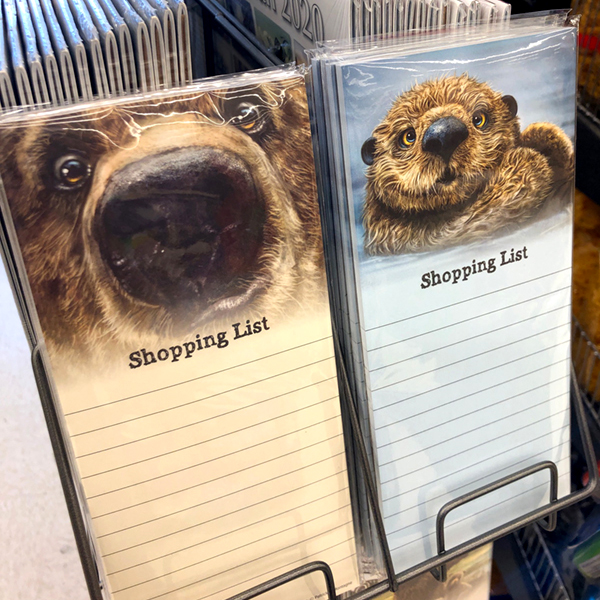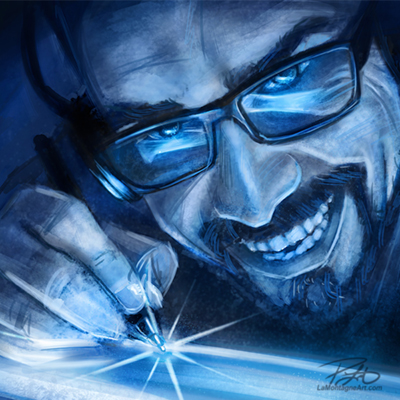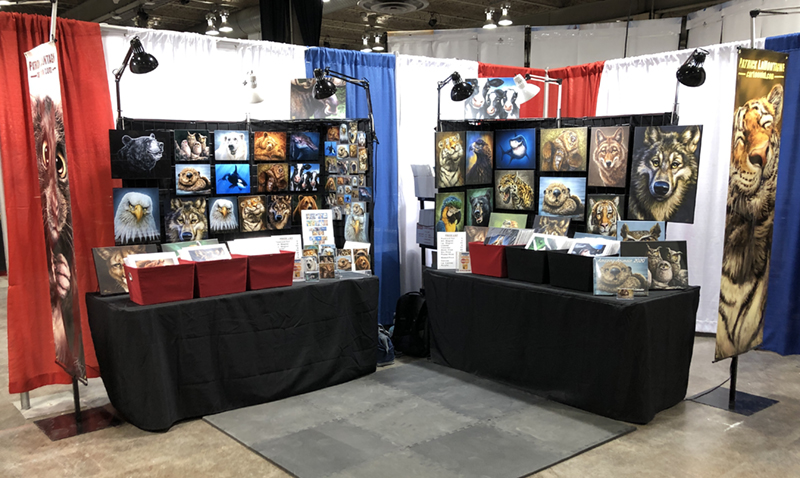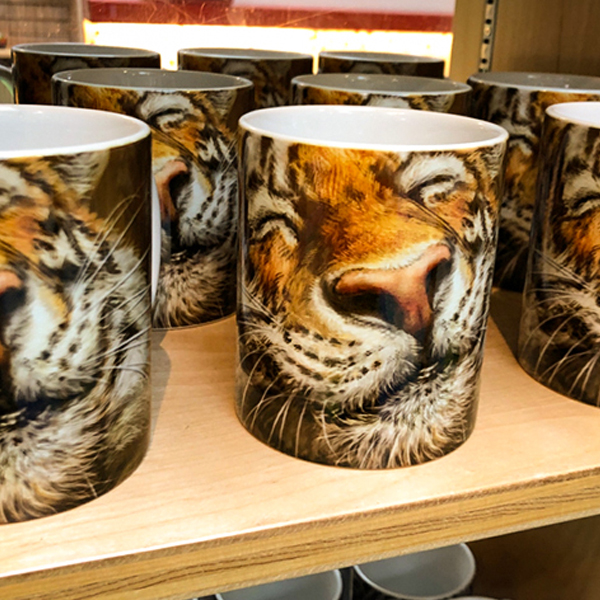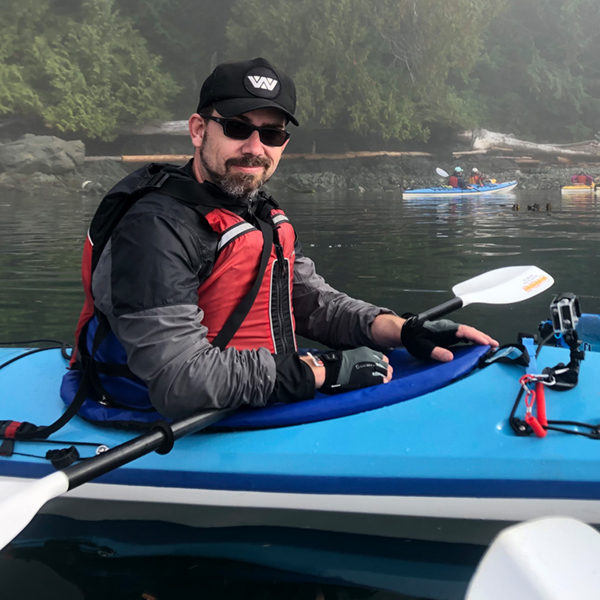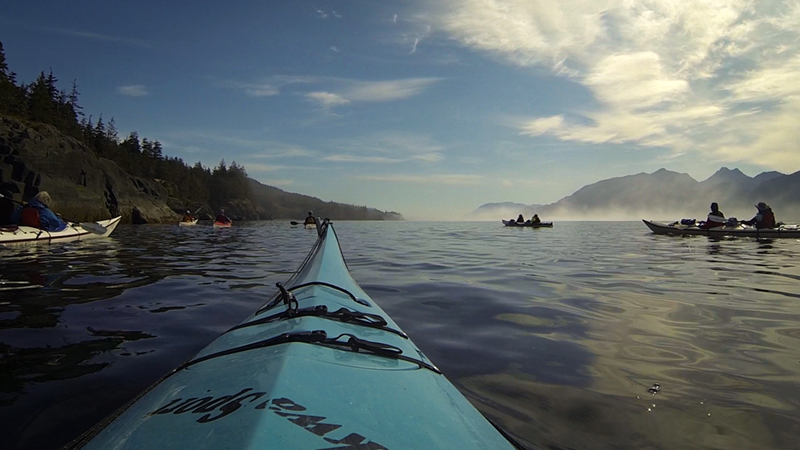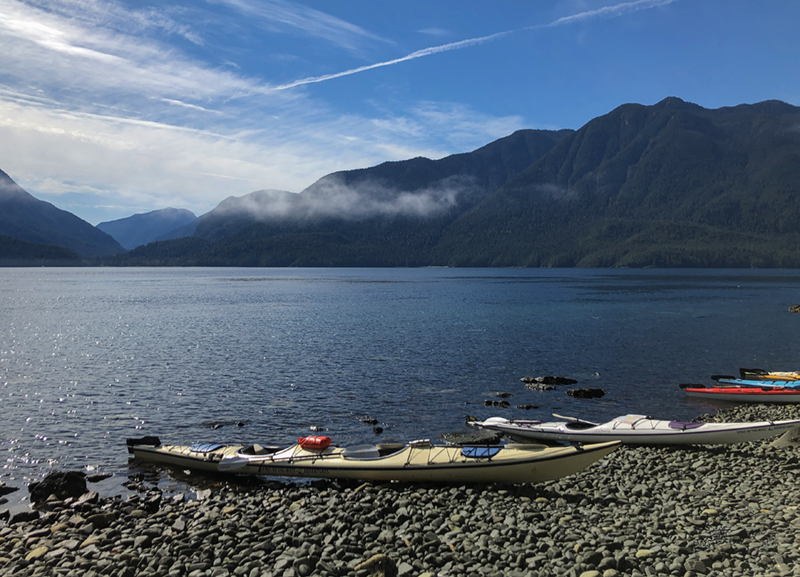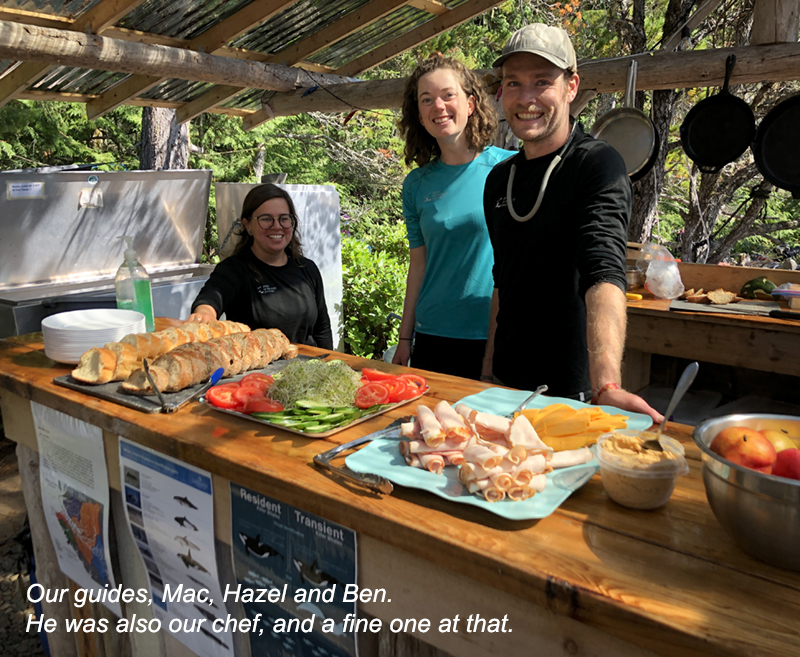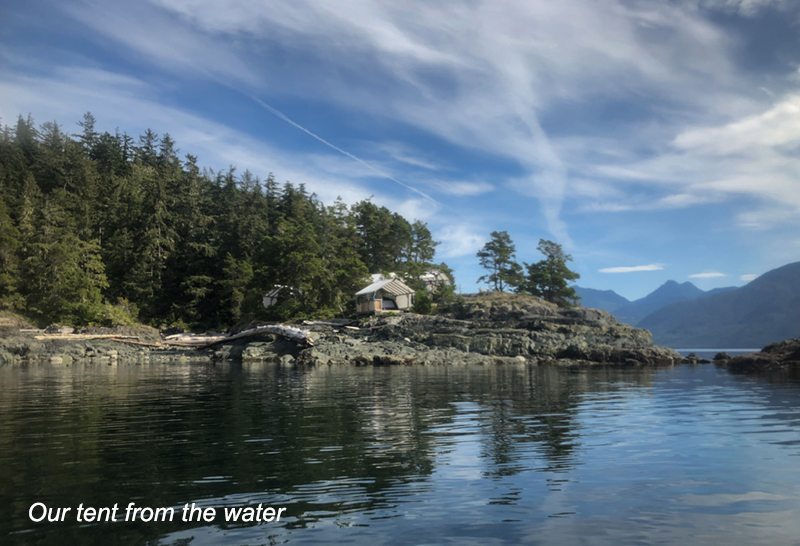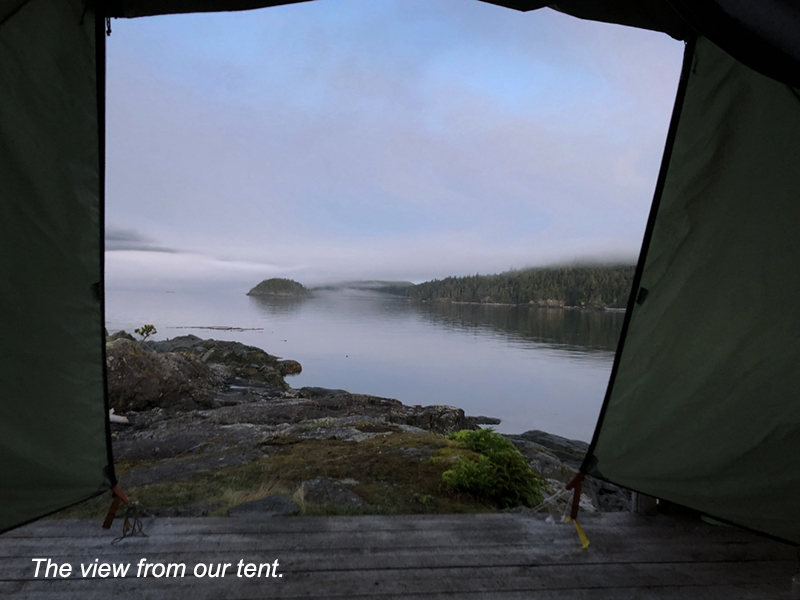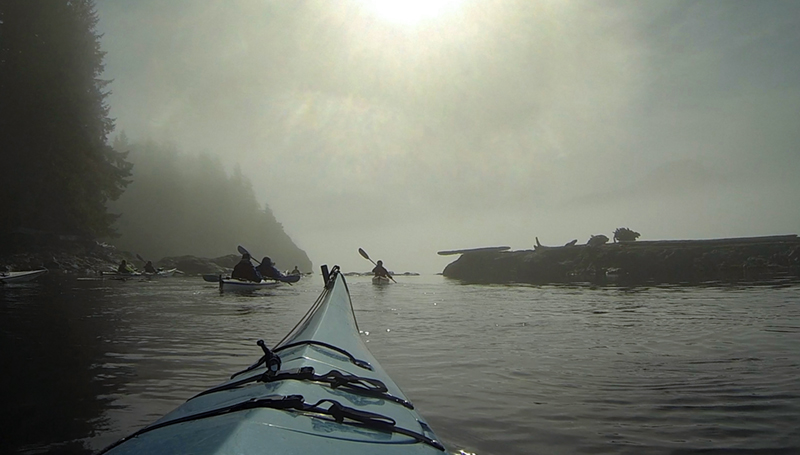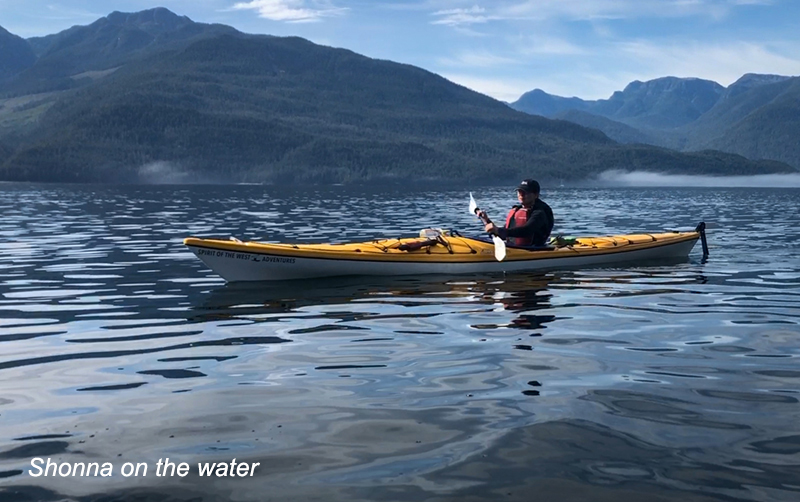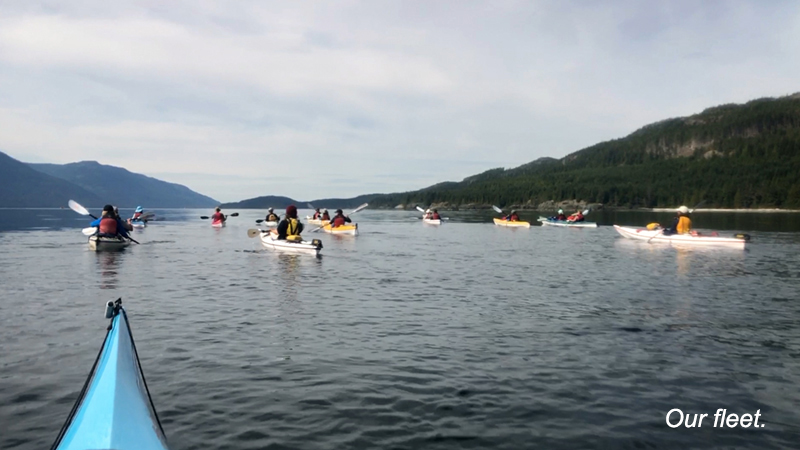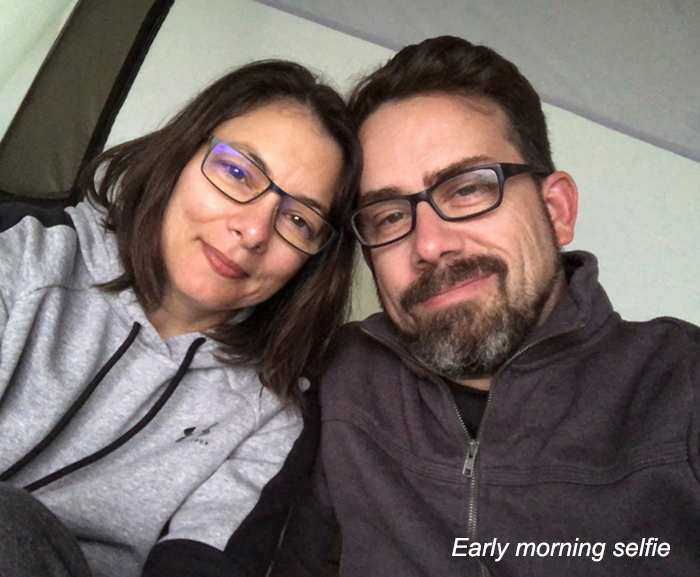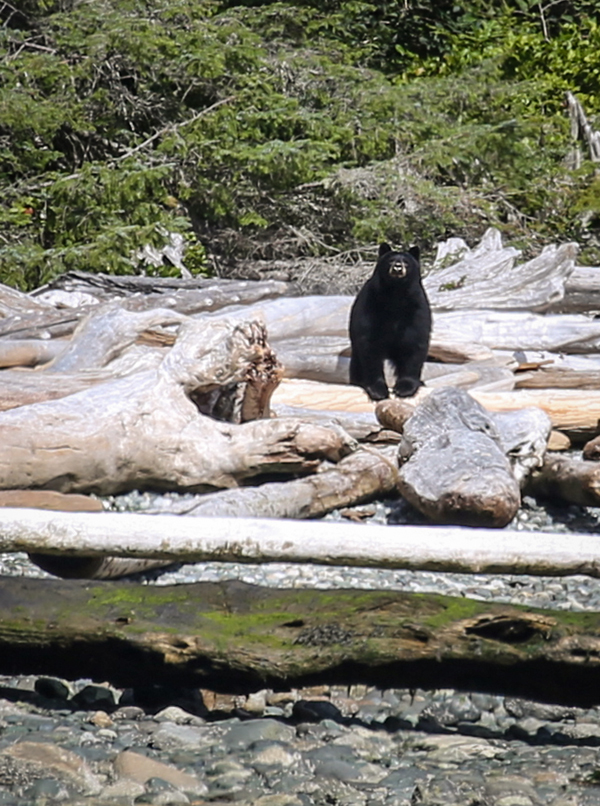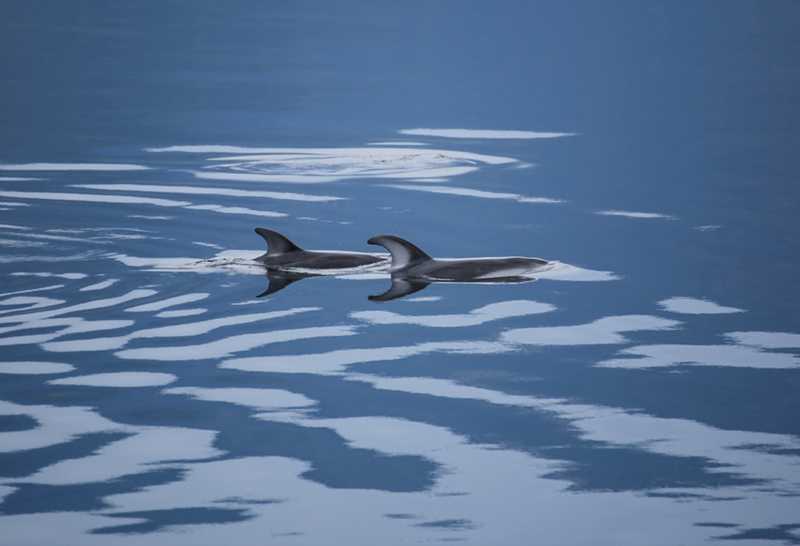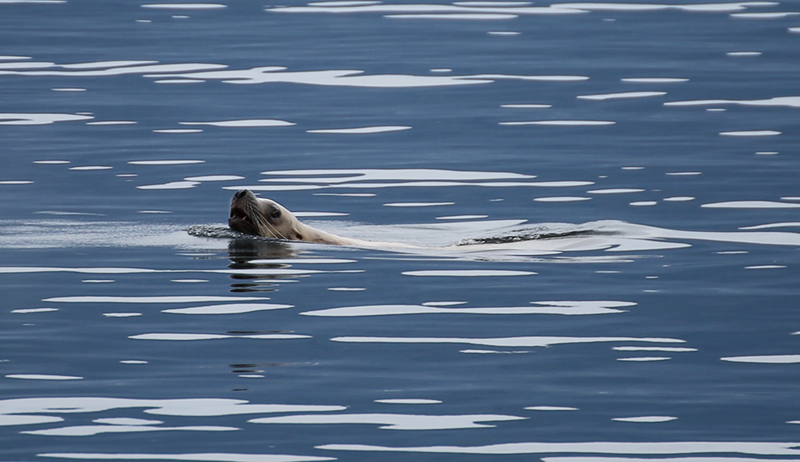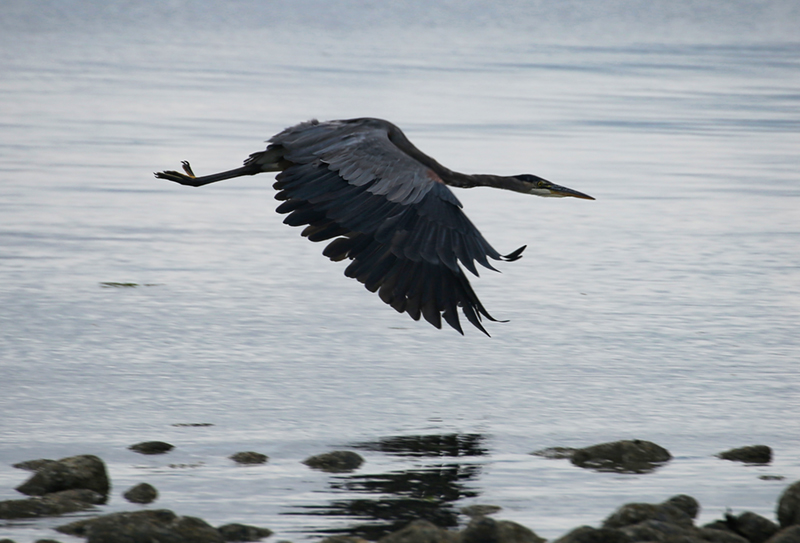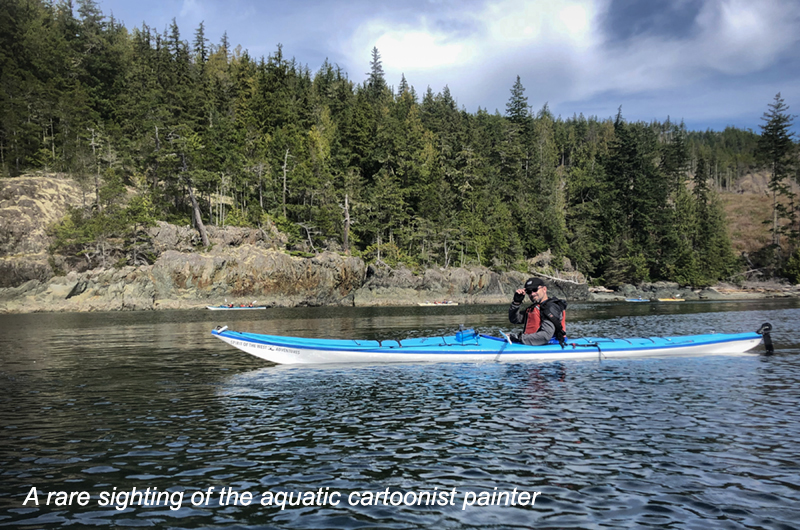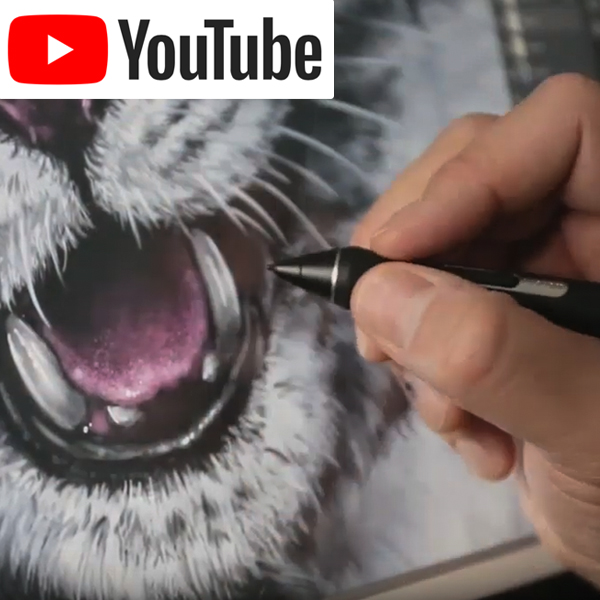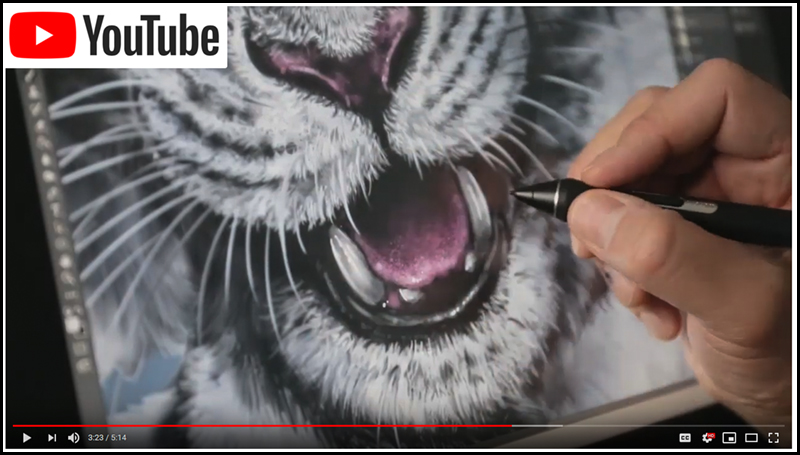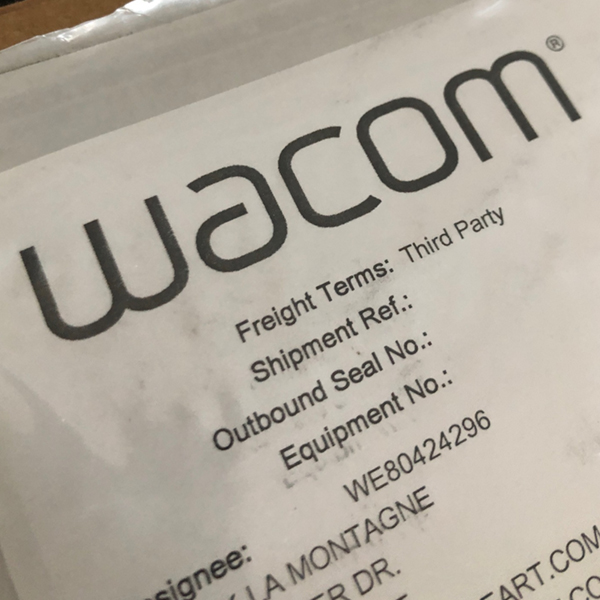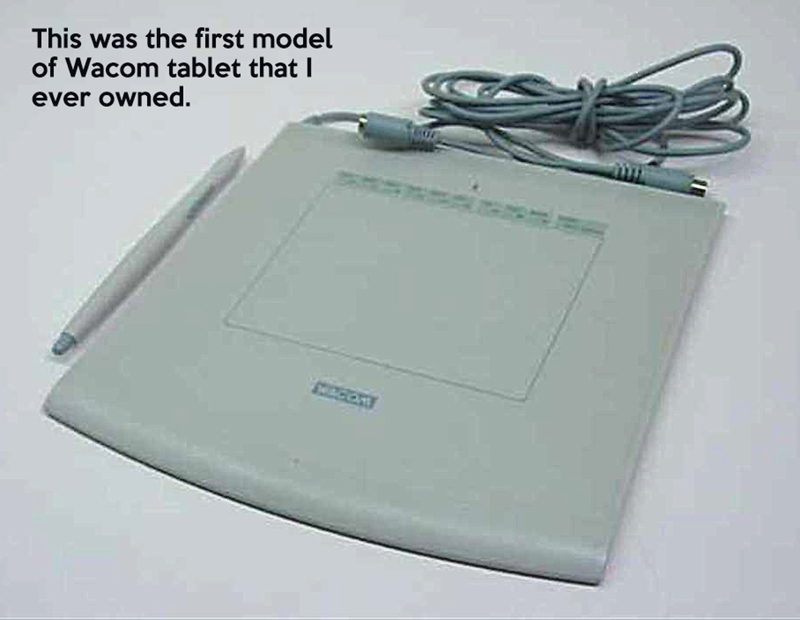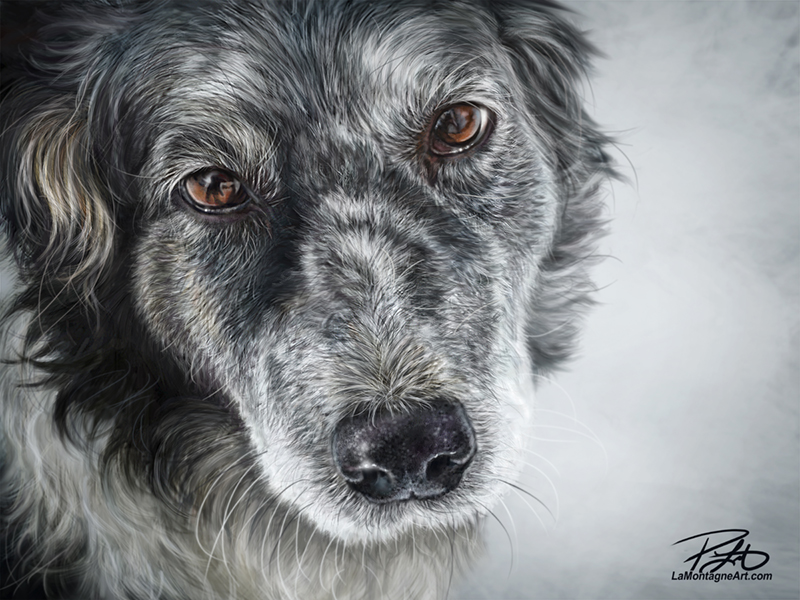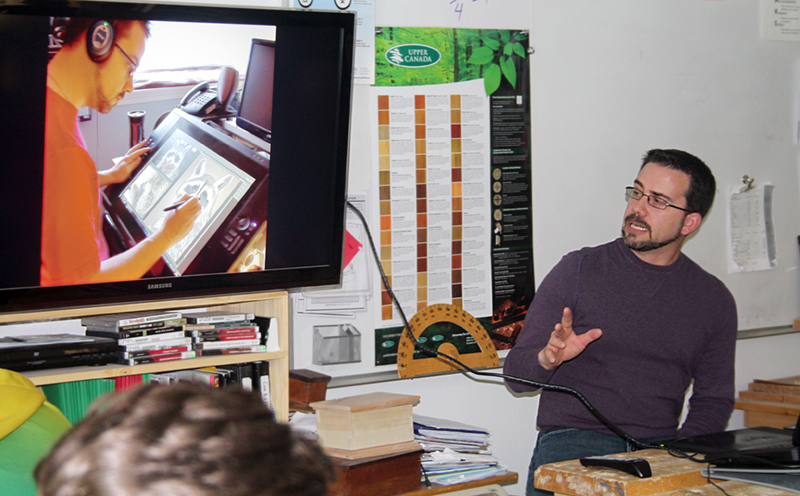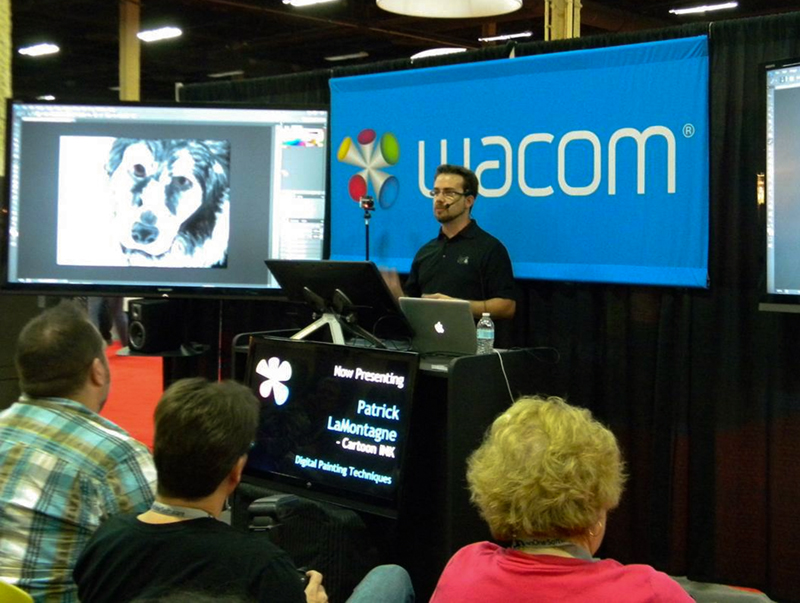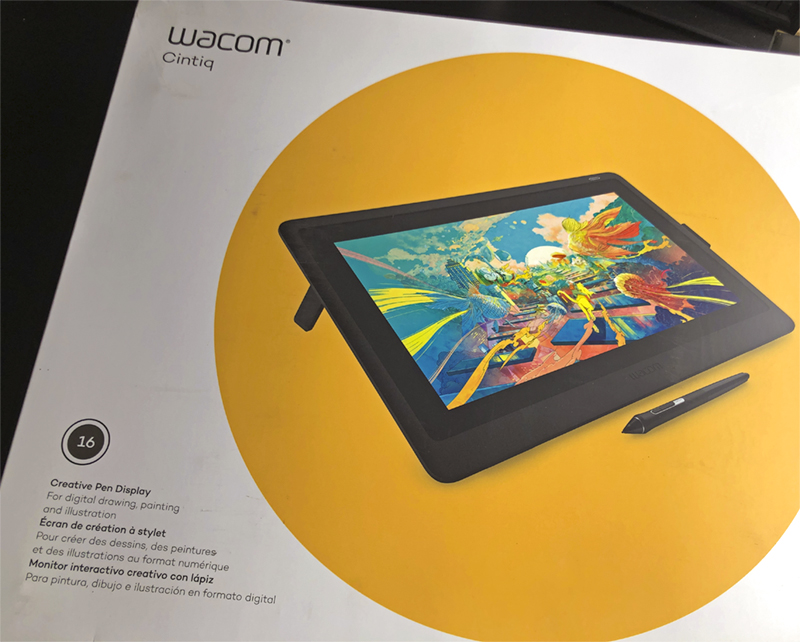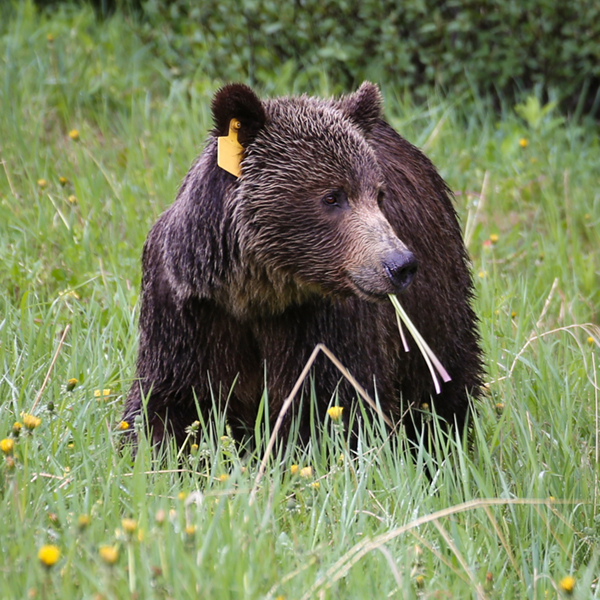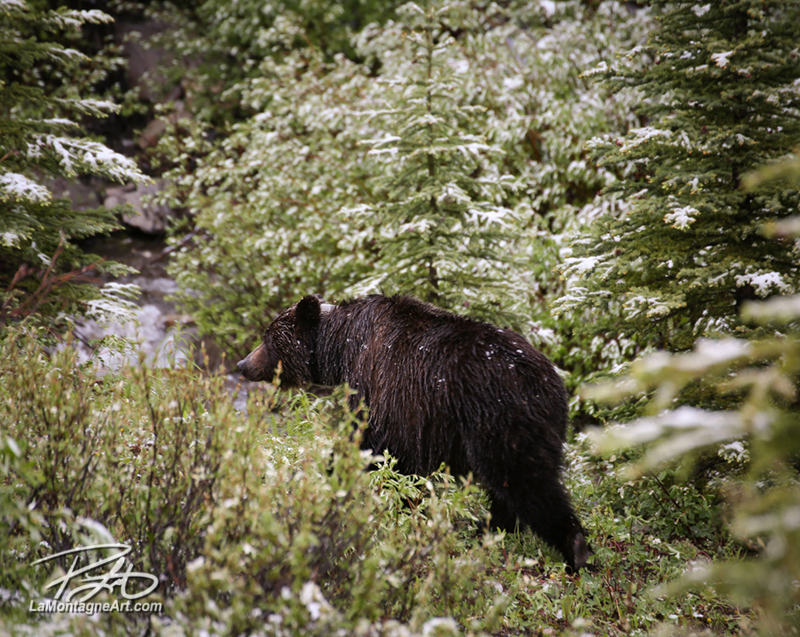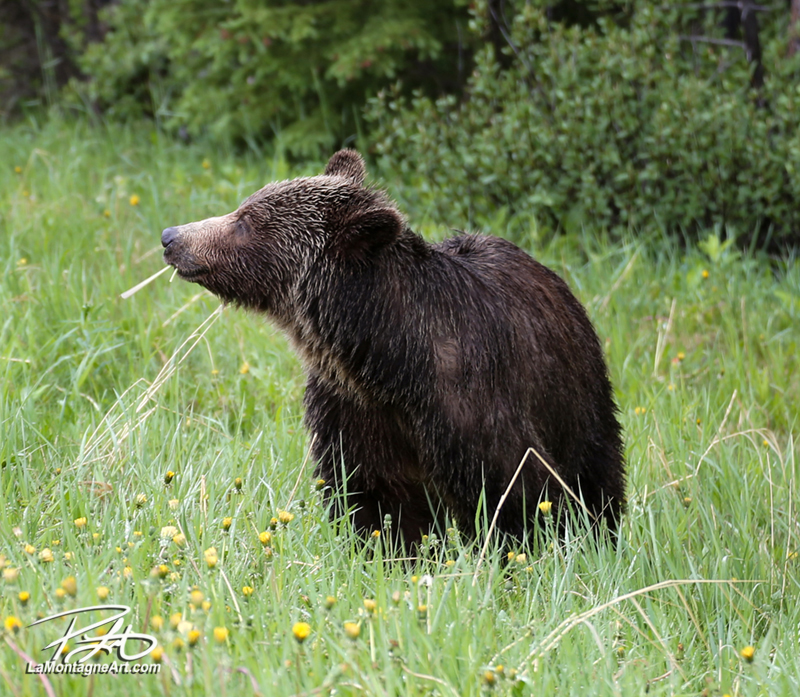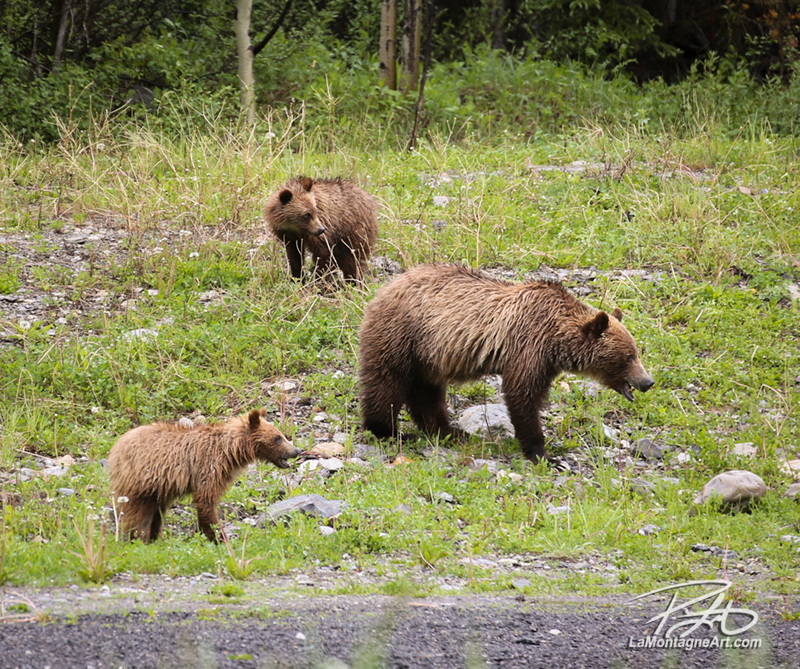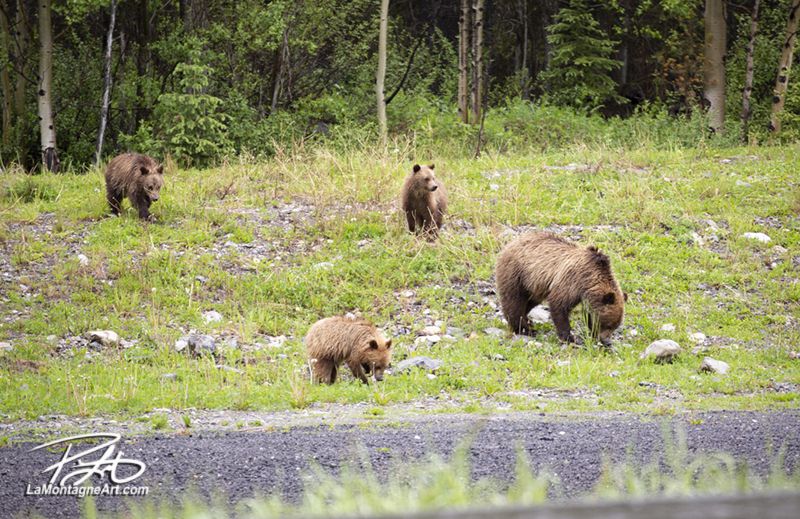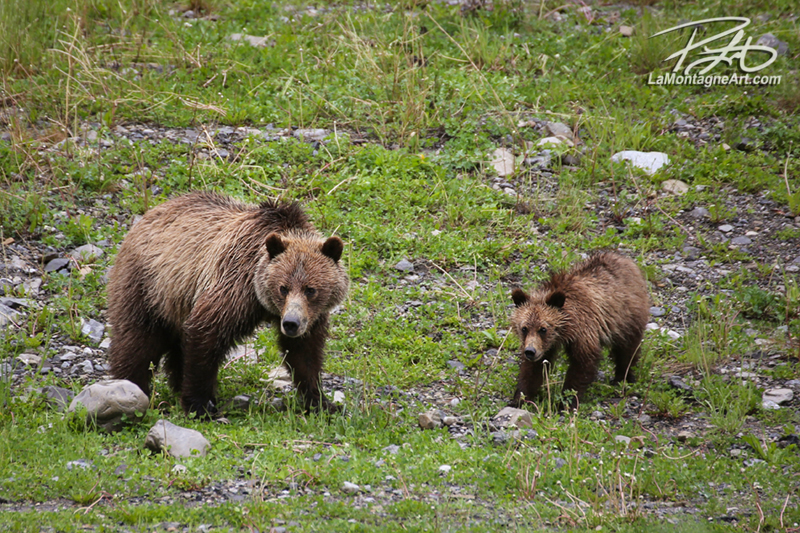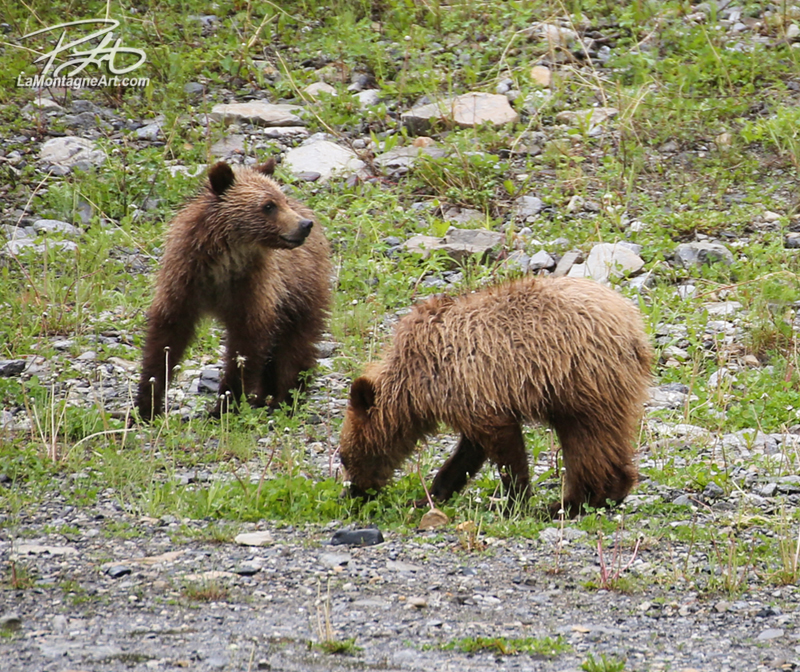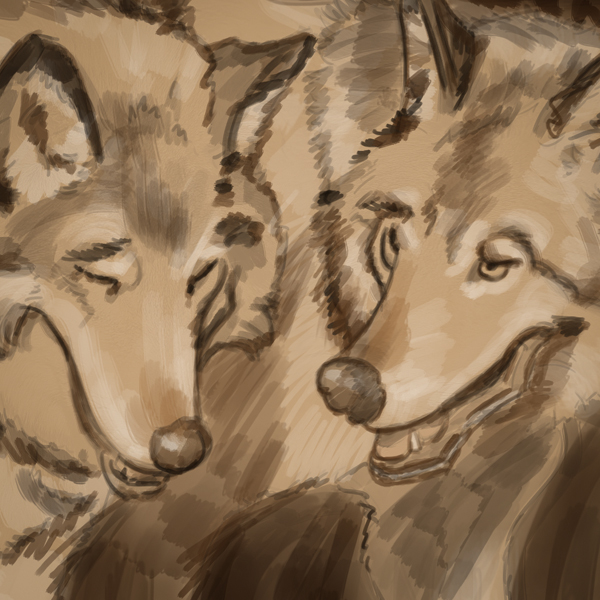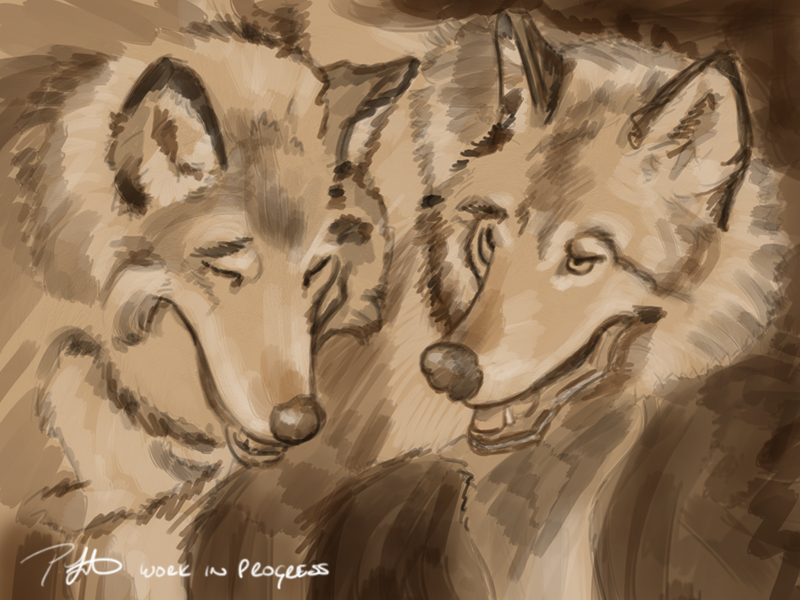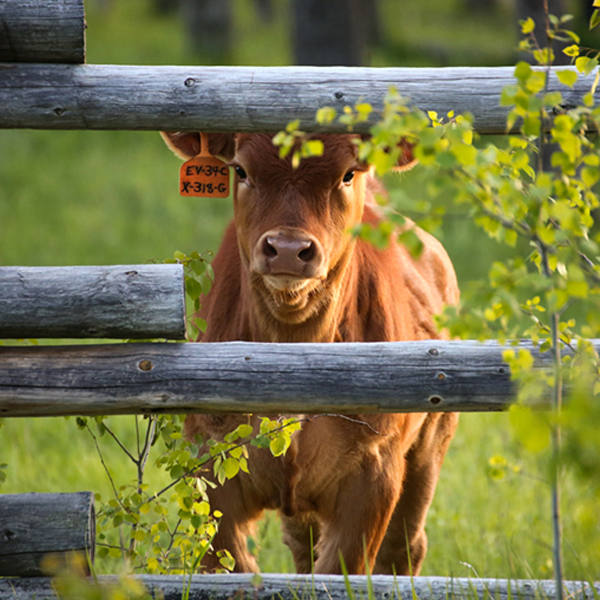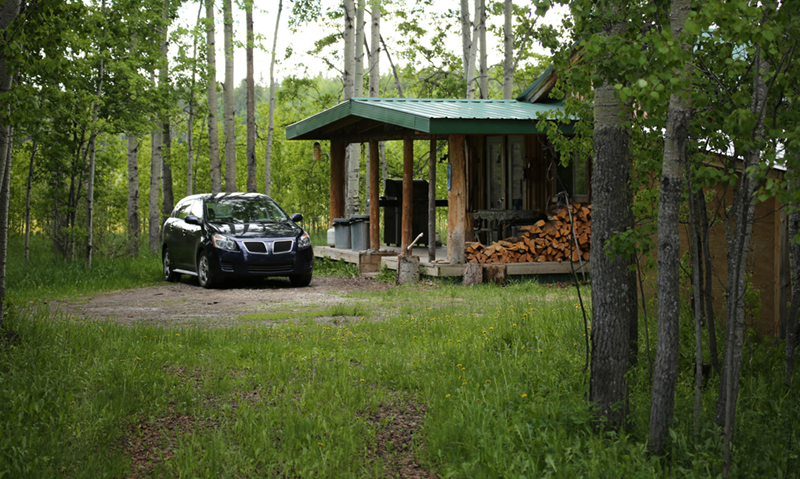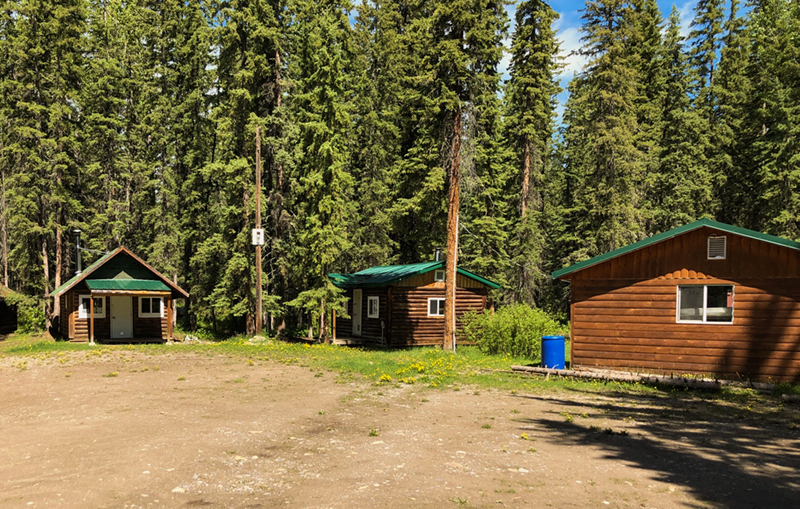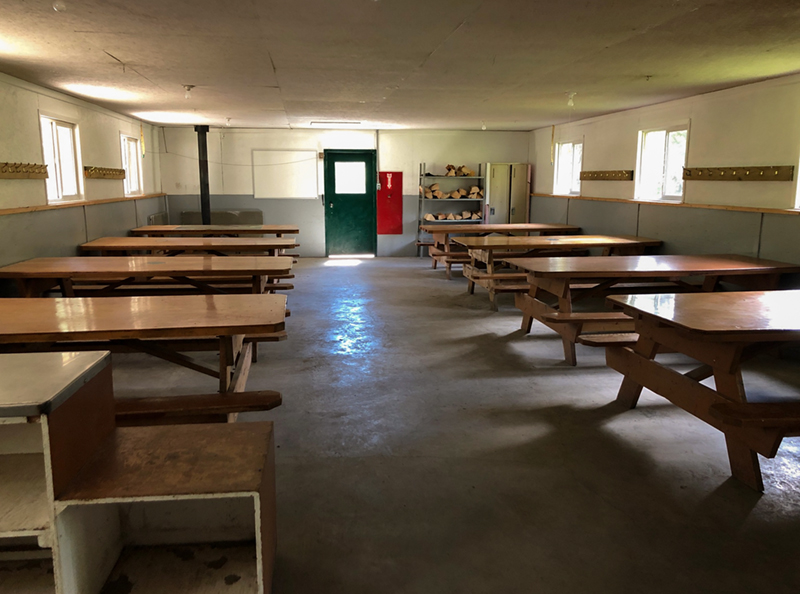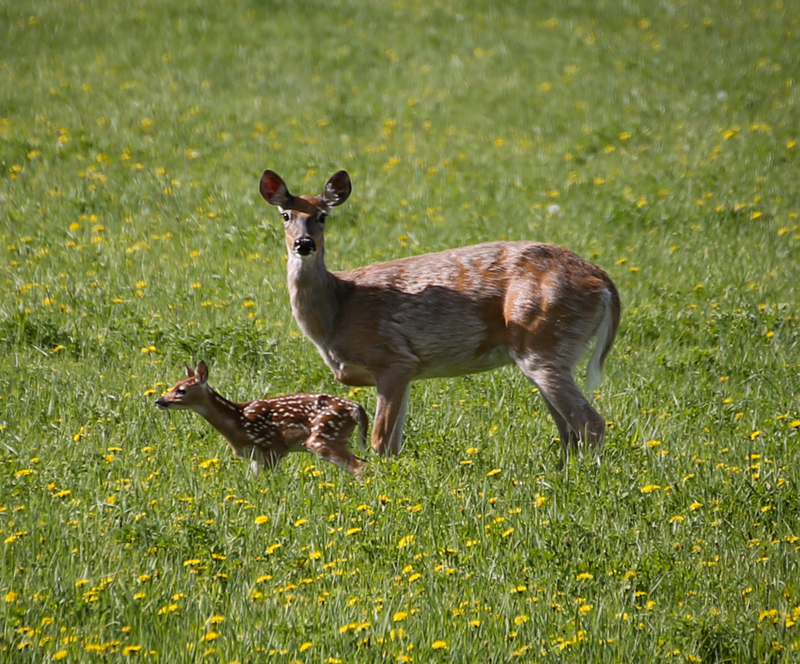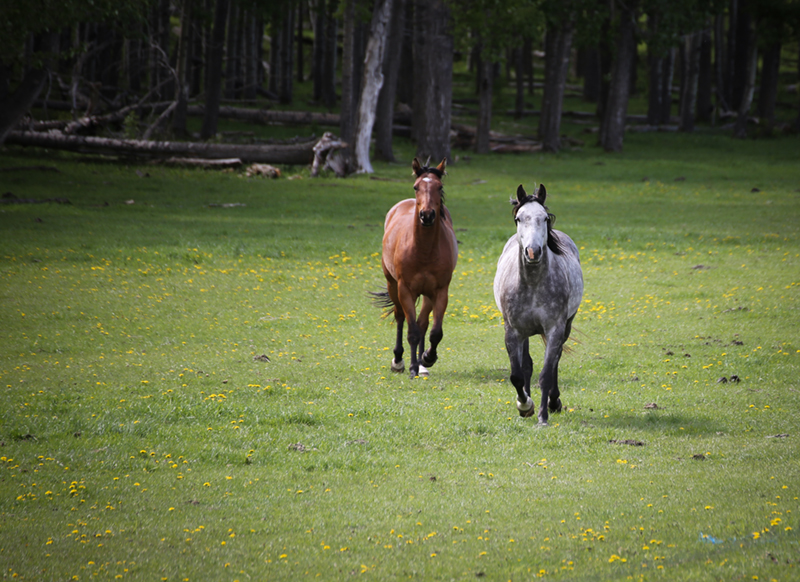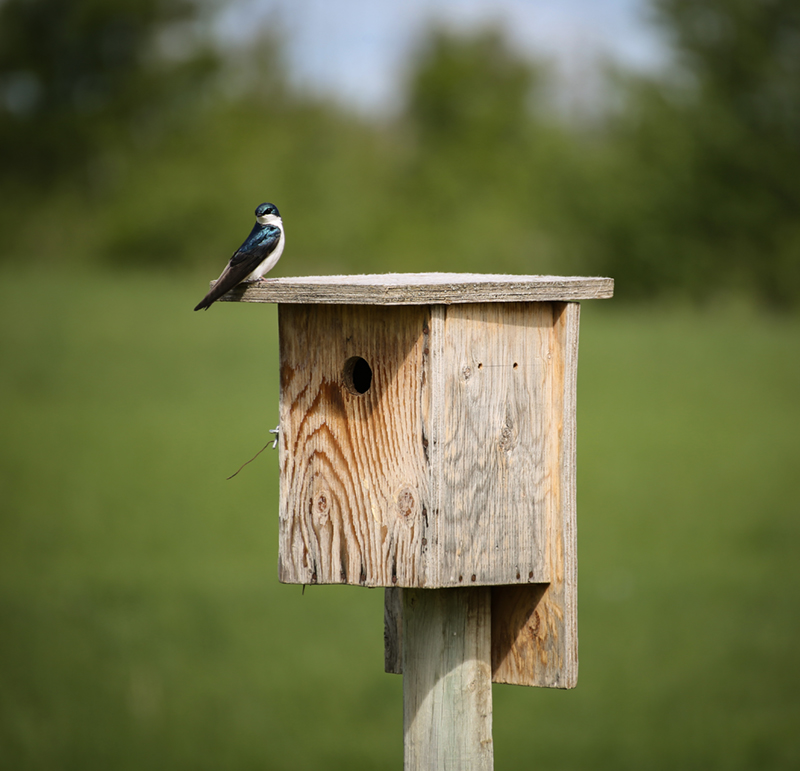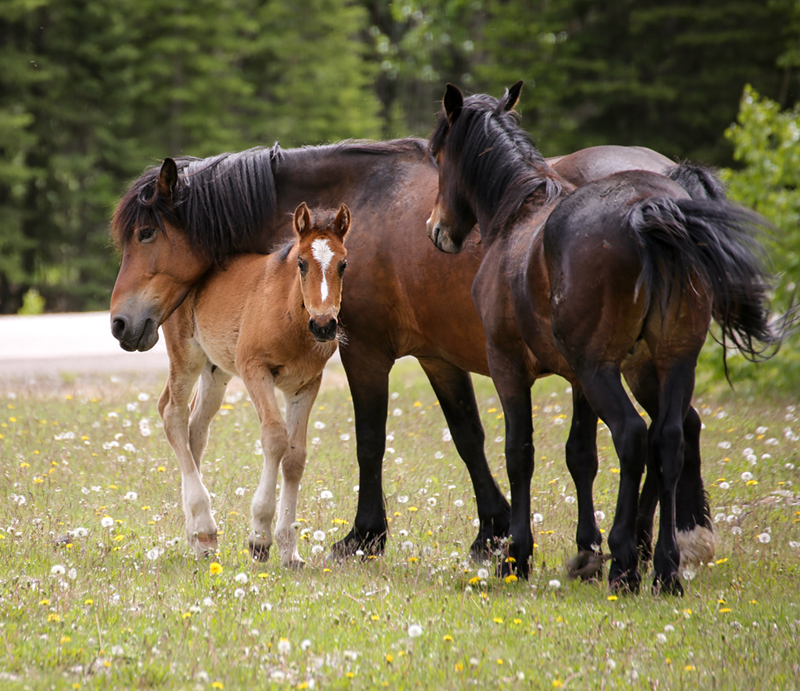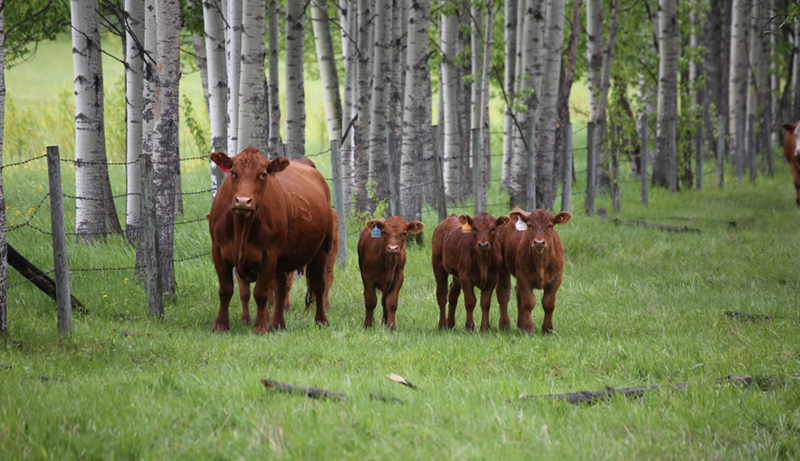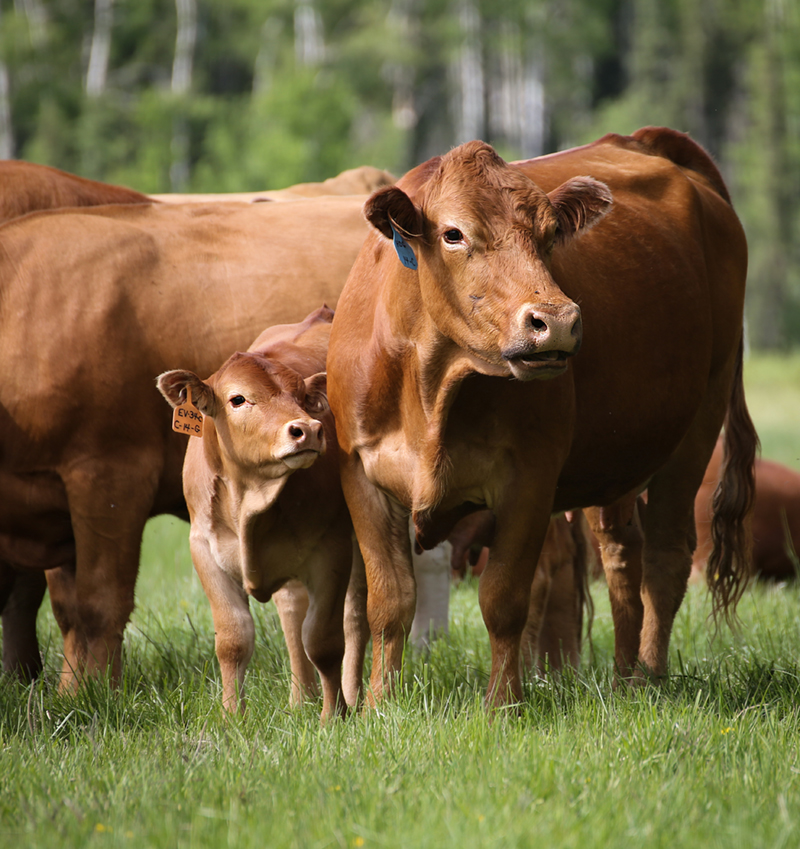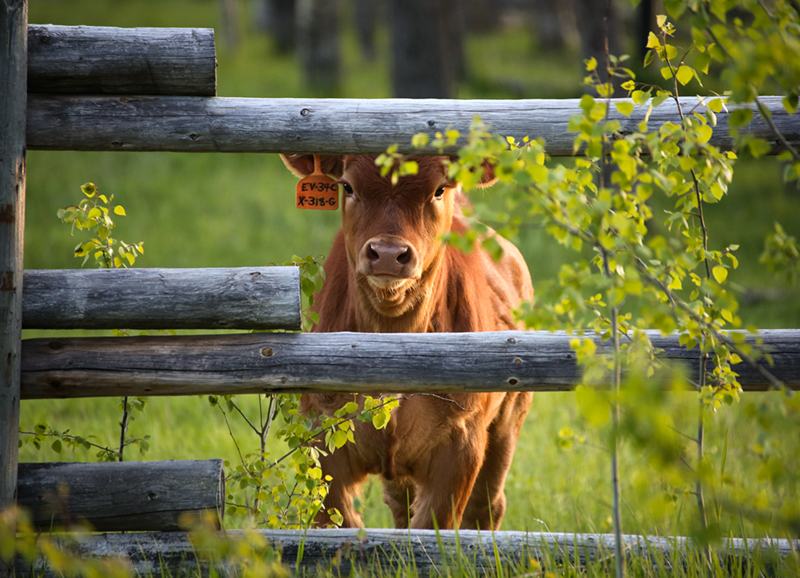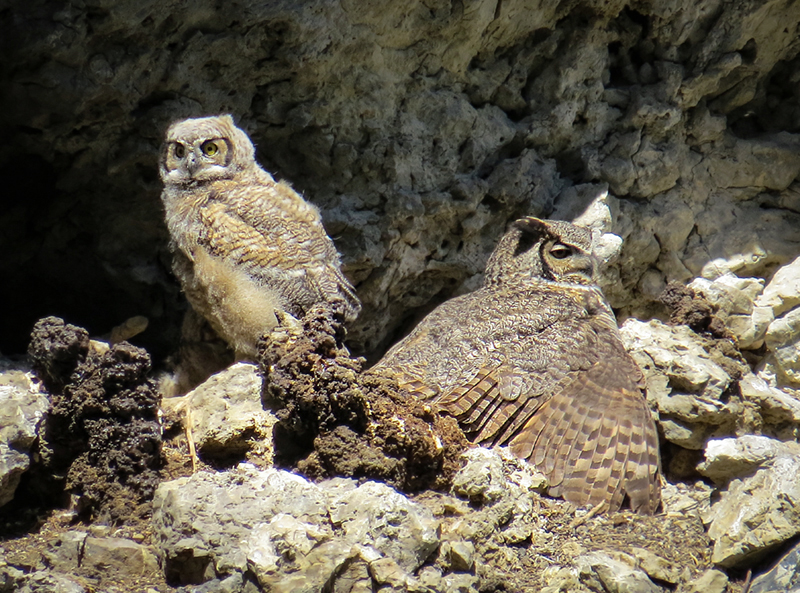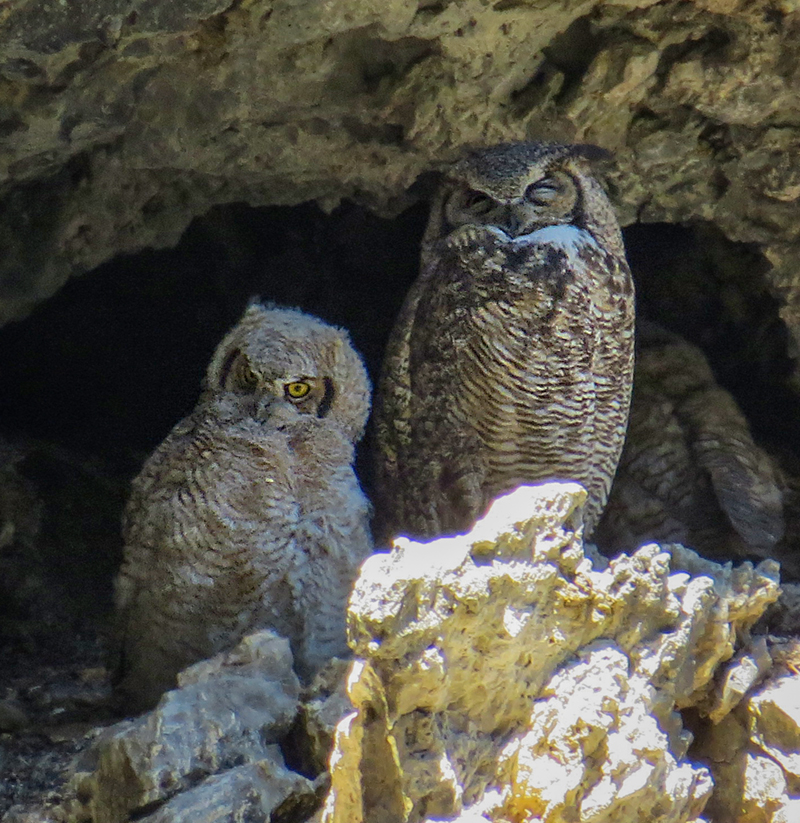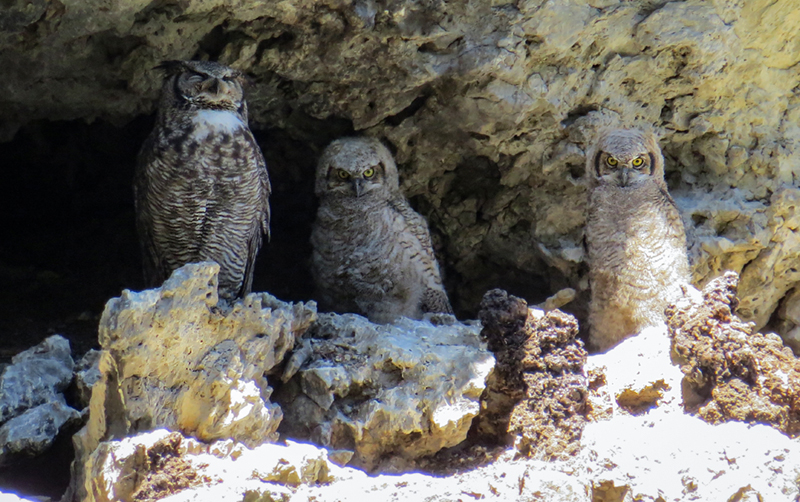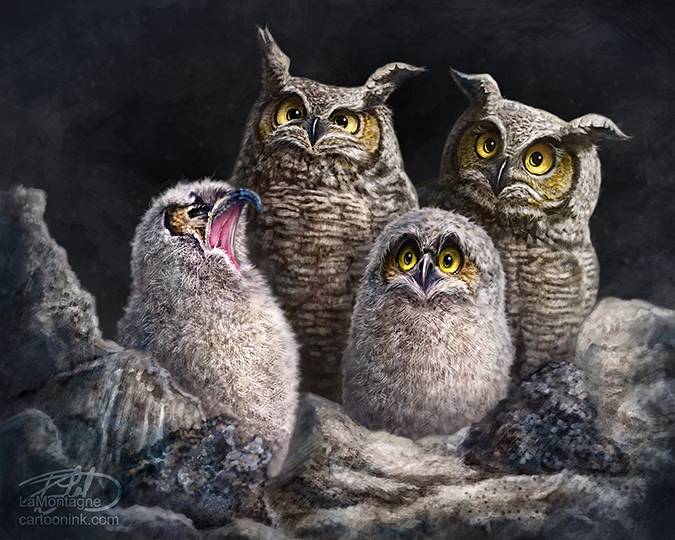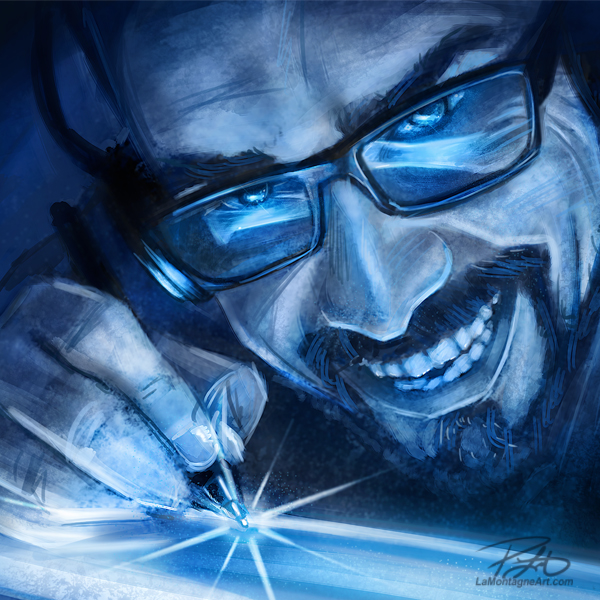
 Have you ever seen those memes with four to six images depicting different perspectives? There’s one for almost every profession or creative pursuit, mildly amusing but with a grain of truth. The headers are often variations of What My Friends Think I Do, What My Mom Thinks I do, What Society Thinks I do, etc.
Have you ever seen those memes with four to six images depicting different perspectives? There’s one for almost every profession or creative pursuit, mildly amusing but with a grain of truth. The headers are often variations of What My Friends Think I Do, What My Mom Thinks I do, What Society Thinks I do, etc.
Most people feel unappreciated in their job and that the world doesn’t understand them. The uncomfortable truth is that if we really don’t want to be doing what we do, we can always quit and go do something else, with corresponding consequences, of course. But it’s a still a choice we pretend we don’t have, to release ourselves from the responsibility.
Before going on, let me offer a disclaimer. None of the following is me complaining about being an artist for a living. Given every other job I’ve ever had, it’s still the only thing I want to do, warts and all. This list is for those people who might be considering that leap; quitting their job to follow their creative dream, thinking it will solve all of their problems.
It won’t.
Whoever said, “Do what you love and you’ll never work a day in your life,” should be placed over a dunk tank full of manure while every self-employed dreamer takes a free throw.
“You want the truth?! You can’t handle the…” Sorry. Movie quotes. I can’t help myself.
Here we go.
1) Some people will like your work, most will not.
Whether you’re a painter, cartoonist, musician, writer, photographer, or basket weaver, the vast majority of people won’t buy your stuff. In fact, most won’t even care enough to hate it. They’ll just be indifferent.
My friends and family pay little attention to my art. Even my wife wouldn’t buy one of my funny looking animals if she saw it in a store and didn’t know me. I don’t think my parents would, either, though they have a lot of my prints. Really, it’s an excessive amount, but that’s because they’re my parents.
It doesn’t mean most of the people close to me aren’t supportive; it’s just that the art I want to create and art that resonates with them are two different things.
I guarantee that Celine Dion doesn’t care that I don’t like her music. She’s earned her millions by catering to the people that have loved and supported her work for many years, her audience.
There are plenty of people who do like my work. They subscribe to my newsletter, buy my prints and products, and share my work with their friends. There are 7.5 billion people on the planet. Relatively speaking, I need very few of them to support my work in order to make a good living.
These people, they’re my audience, and I’m grateful for them.
2) It’s a long game.
The work that’s worth sharing is the stuff that takes many hours, days, weeks, and years to create. And when you do share those pieces, often compressed into a three minute time lapse work-in-progress video, people are immediately asking where the next one is.
Good work takes time. Great work takes a lifetime.
You will most likely never be truly happy with anything you create. Given an equal measure of praise and criticism, you will always give the latter more weight. I used to think that was just me and the neurotic little hamsters running around the wheels of my own mind.
It’s not. Artists be whack, yo!
3) If you do it for a living, you’ll always worry about money.
Gaining and losing newspapers has been a part of my editorial cartooning job for almost twenty years. If I have fifty newspaper clients, lose one, but gain three, it will be the one I lost that keeps me awake at night, fretting over the future. That’s human nature. It’s the lizard brain part of our makeup that forces us to focus on the worst case scenario so that we are prepared to survive threats, real or imagined.
With a fridge, freezer and pantry full of food, you’ll still worry about where your next meal is coming from.
4) Frustration is part of the gig.
Why did a competitor get that cartoon spot instead of me? Why didn’t that newspaper run a cartoon today? Why doesn’t this new editor like my work as much as the last one did? Why weren’t my trade show sales as good as last year? Why do people like that painting I did five years ago better than the last ten I’ve done?
I could write a thousand why questions and they would all still equal the same one.
What am I doing wrong?!
There are often no satisfactory answers for why things don’t go the way you want them to, especially if clients are at arm’s length, as so many of them are in our digital world. I’ve worked with some of my editors for many years and will likely never meet them face to face. The same goes for the majority of people who license and sell my paintings.
When it’s doable, I will call or email an editor and ask why the change and the reason is often much less Machiavellian than I imagine. A lot of the time, it boils down to the first point in this list. The new editor likes somebody else’s work better.
But then, I’ve also gained newspapers for the same reason when a new editor likes my work better than the previous guy they were using. Of course, focusing on that positive angle would be a healthy choice, but artists don’t do that.
5) There are moments of joy.
When I first went to college, I majored in Psychology, which basically meant, “I have no idea what I want to do. I’ll do this until I figure it out.”
I didn’t do well on the graded portion of the experience, but I did enjoy the subject matter and still do today.
While most famous for his Hierarchy of Needs, Abraham Maslow had a theory called Peak Experience, which boils down to “moments of highest happiness and fulfillment.”
Often compared to the feeling of falling in love, a person holding their first child, a sunrise on a mountain top, something personal and profound, a euphoric mental state, they can also occur in day to day life, depending on the person. I’ve never taken LSD, but from what I’ve read, it sounds like many have reached peak experience while on acid.
The way I understand it is that it’s an experience where you feel you are right where you’re supposed to be in that moment, that everything is connected, a profound sense of meaning and transcendence where the stuff that doesn’t matter (which is almost everything) falls away and you’re at your very best in that moment.
I have been fortunate to have experienced many of those moments, often in nature, but the vast majority of them have been while painting. The right music in the headphones with the right painting on the screen at the right stage of progress, a hot cup of coffee, it all comes together and feels perfect. More than once, I’ve had to wipe away tears. It’s a profound rush that only lasts a moment or two, is a little depressing to come down from, but is unmistakable when it happens.
I’m always chasing that feeling.
6) Everybody has two cents to offer.
“You know what you should do!”
This is a running gag with every creative I know. People with no stake in the game, with no background in the field, with no filter between their brain and mouth, telling me in which direction to take my business.
My favorite, of course, is, “you should write children’s books.”
If I had wanted to, I would have.
As advice costs people nothing, they’ve always got an abundance to give away. Ignore most of it.
Of course, if an incredibly famous and wealthy children’s book author tells me I should write children’s books, I’m going to take her to lunch to hear her out. I’m nothing if not a sellout.
7) Most of it will still feel like work you don’t want to do.
Bookkeeping, taxes, packaging, licensing contracts, phone calls, image prep, travel to places you otherwise wouldn’t go. It’s a job. It requires compromise and often creating stuff you don’t want to for clients who don’t want the stuff you most like to create.
A lot of the time, it’s this business stuff that takes priority over the creative stuff. Often, I’d rather be painting, but instead I’m reconciling my bank statements in order to pay my quarterly GST on time, because the government gets bitchy when you’re late with their money.
8) Creating art is the easy part. Selling it is hard.
“I don’t feel like doing Expo this year. It’s just a lot of work,” I joked to my wife yesterday morning.
“You sound like a Millennial,” she replied.
Sorry, Millennials. You hard working ones are being dragged down by those refusing to leave their parents’ basement and get a job that’s beneath them.
Next weekend, I’ll be setting up my entire Calgary Expo booth in my garage to make sure I’ve got it right before disassembling it the next day, packing it into the car only to reassemble it three days later in Calgary.
To paraphrase that voice in the corn from Field of Dreams, it would be nice to believe that if you build it, they will come.
Sadly, that ain’t the case.
Production, assembly, promotion, marketing, networking, collaboration, delivery, the back-end admin, all of that stuff is a trial by fire. As every creator is as different as the things they create, selling enough of it to make a decent living is much more difficult and much less enjoyable than the work itself.
Worse, there is no map. There are examples from those who’ve successfully done something similar before, but luck and timing both play their parts. What worked for one person will not work for you. Everyone has a unique foundation from which they start, the ingredients they have access to at crucial crossroads, and the mentors or opportunities presented at different times.
You do your best with what you’ve got and wait to see if it pans out. Failure should not only be expected, but it’s required.
How many authors have you heard proudly recount the list of rejection letters they endured before they got published? That’s worth boasting about because they stuck it out when everybody told them to quit. They earned those bragging rights.
Everybody talks a good game, but it’s those who put their asses in the chair and get to work who find success. Even then, this comic tragedy can still end without ever producing life-changing rewards.
The statistics are clear. Creative professions are synonymous with failure. Most people who try it, will fail, which also makes being in it a long time a little sweeter, having beaten the odds. So far.
In the words of Han Solo, “Great, kid! Don’t get cocky.”
9) Focus, Young Jedi.
Likes and shares don’t pay the bills.
Quitting social media was frightening because so many people will tell you that it’s a necessity. (See #6). I’ve been asked in recent weeks how it’s been, by people considering the same move.
The first couple of weeks, coming down off the drug was tough. But now, I wish I’d done it sooner. I’m getting much more work done. The scramble to get editorial cartoons out doesn’t seem as tight anymore. I’m not so stressed watching the clock. I seem to have more time to draw, paint, write and have found more clarity of thought than I’ve had in years.
Social media is not the necessary evil that creatives have been led to believe. Well, not necessary, anyway.
10) It’s all worth it.
A friend recently commented that my wife and I were weird, because we don’t place much importance on birthdays or traditional holidays, etc. He meant it as an insult, but I chose to take it as a compliment.
Normal is overrated. Normal is boring. Normal is what keeps people in the same place for decades at a time wishing they were somewhere else. Normal is hiding your true self for fear of being judged by people whose opinions really shouldn’t matter to you.
It’s deviation from the norm, from the accepted, where life is lived. Be weird. Be different.
Fall in line with the mob simply to fit in? No thanks. To paraphrase Kennedy, we do these things “not because they are easy, but because they are hard.”
With limited time on this earth, with seemingly no real meaning, many at odds with their apparent lack of purpose, frustrated with the futility of it all, what else are you going to do with your time?
TV, Netflix, Twitter, Facebook, Instagram? This is how we spend our most precious resource? On our phones?!
We create things because we can. We better ourselves because we have the luxury of doing so. Even if it results in more struggle, bad feelings, disappointment, frustration, depression, anxiety, it’s far better than simply watching the clock, waiting to die.
When I used to teach and do painting demos, I’d often tell people that it might take you ten years to become good at something you’ve never done, but those years are going to pass anyway. Wouldn’t you rather arrive on the other side of it looking back at a body of creative work, or a new skill you’ve developed?
If you get that far, you might even want to do it for a living.
Even if you don’t, you’d at least have the choice.
Cheers,
Patrick
If you’d like to receive my newsletter which features blog posts, new paintings and editorial cartoons, follow this link to the sign up form.

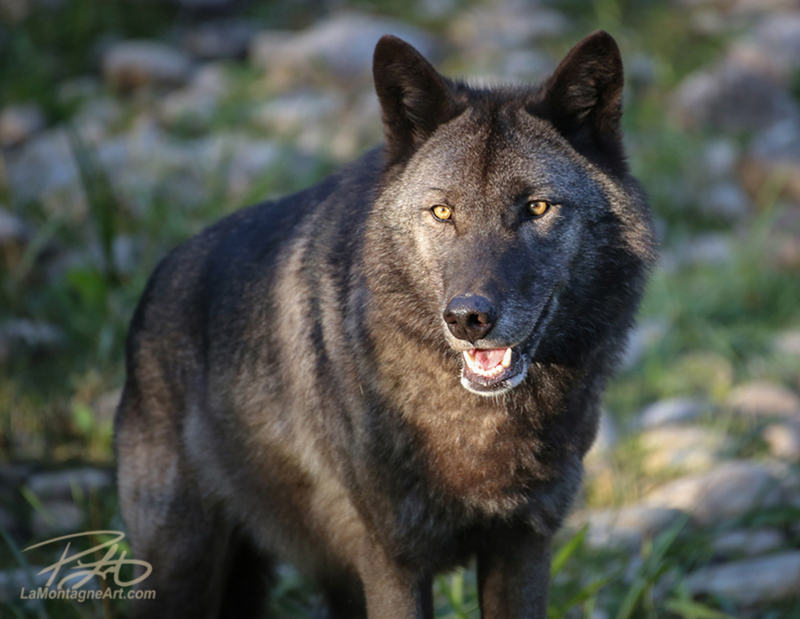 For the first part of the shoot, the wolves Nissa and Lupé were let loose in the large enclosure. Through positive reinforcement with treats and praise, they would pose on marks, run around together, play and explore. The light kept changing as it shone through the trees, creating natural spotlights which was wonderful when the wolves would be caught in one.
For the first part of the shoot, the wolves Nissa and Lupé were let loose in the large enclosure. Through positive reinforcement with treats and praise, they would pose on marks, run around together, play and explore. The light kept changing as it shone through the trees, creating natural spotlights which was wonderful when the wolves would be caught in one.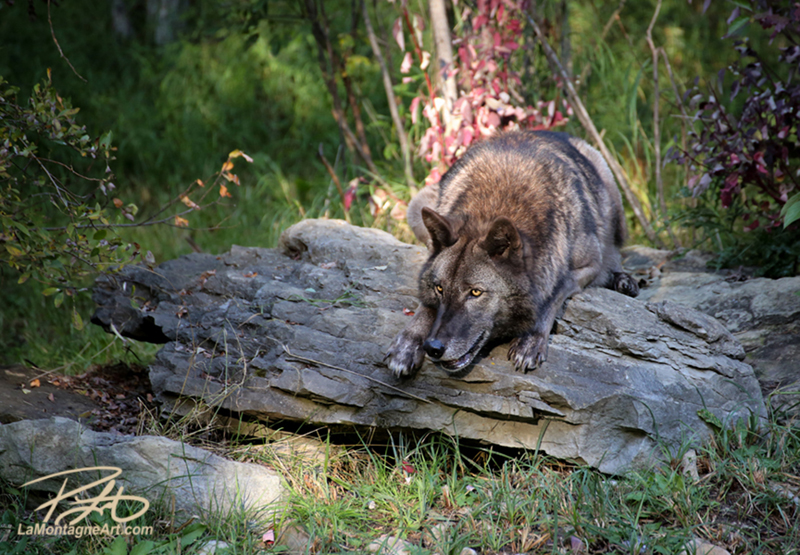
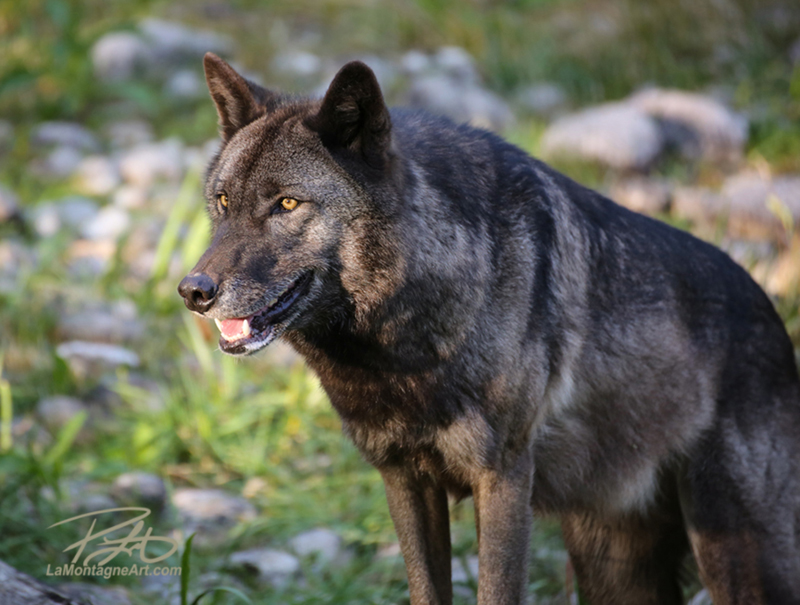 After the wolves returned to their own large enclosure in the park, it was time for Berkley to join us.
After the wolves returned to their own large enclosure in the park, it was time for Berkley to join us.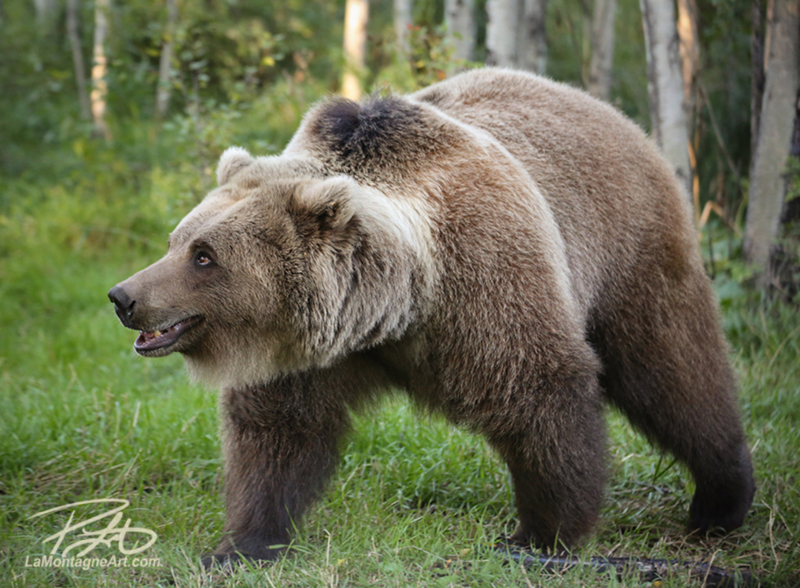 I last saw her in July and she has grown bigger still. She’s now just shy of 350 lbs and is really showing her adult features. While she still has her wonderfully expressive childlike face and lovable personality, it is easy to see the big bear she will eventually become.
I last saw her in July and she has grown bigger still. She’s now just shy of 350 lbs and is really showing her adult features. While she still has her wonderfully expressive childlike face and lovable personality, it is easy to see the big bear she will eventually become.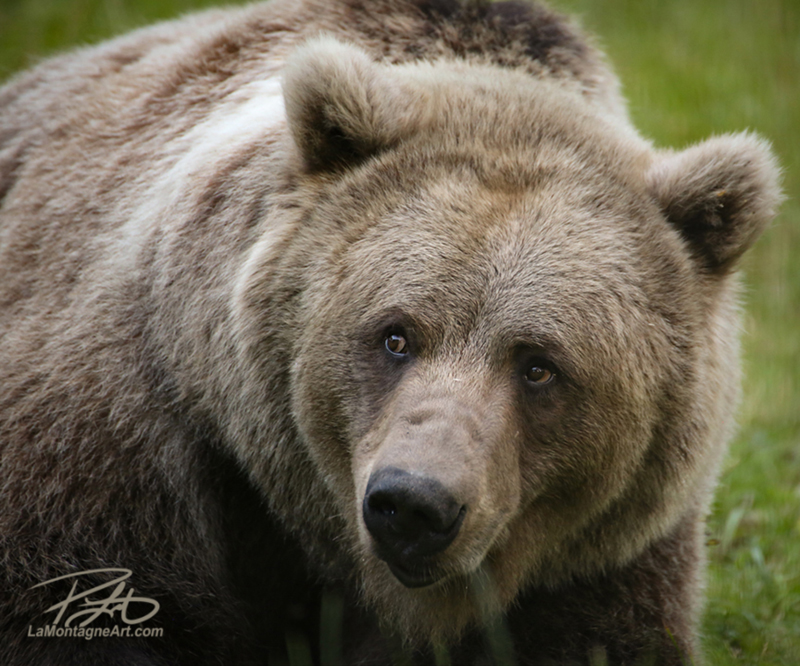 As I’ve mentioned before, it is always a pleasant surprise when she recognizes me and wants to visit. At first, she ran into the enclosure and I could see her coming around the top on the other side of the trees. She moves really fast when she wants to and came barrelling down the path beside the fence. When she got to where I was standing, she slowed right down and did a double take as if to say, “Hey, it’s you!”
As I’ve mentioned before, it is always a pleasant surprise when she recognizes me and wants to visit. At first, she ran into the enclosure and I could see her coming around the top on the other side of the trees. She moves really fast when she wants to and came barrelling down the path beside the fence. When she got to where I was standing, she slowed right down and did a double take as if to say, “Hey, it’s you!”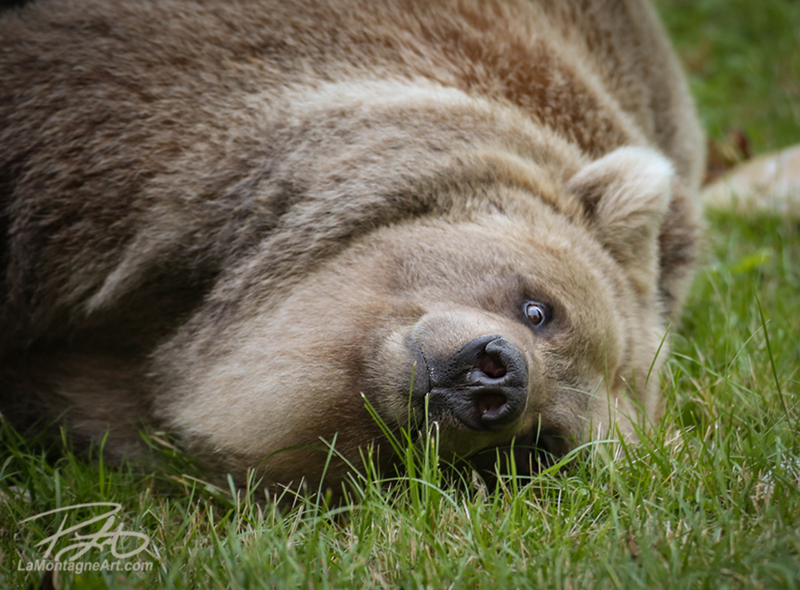 Of course, it did present a little bit of a problem when it was time to take pictures, because Berk just wanted to visit. Telling her to go see her Mom didn’t work, and Serena basically had to scold the four of us to stop talking to her, or we wouldn’t get any pictures.
Of course, it did present a little bit of a problem when it was time to take pictures, because Berk just wanted to visit. Telling her to go see her Mom didn’t work, and Serena basically had to scold the four of us to stop talking to her, or we wouldn’t get any pictures.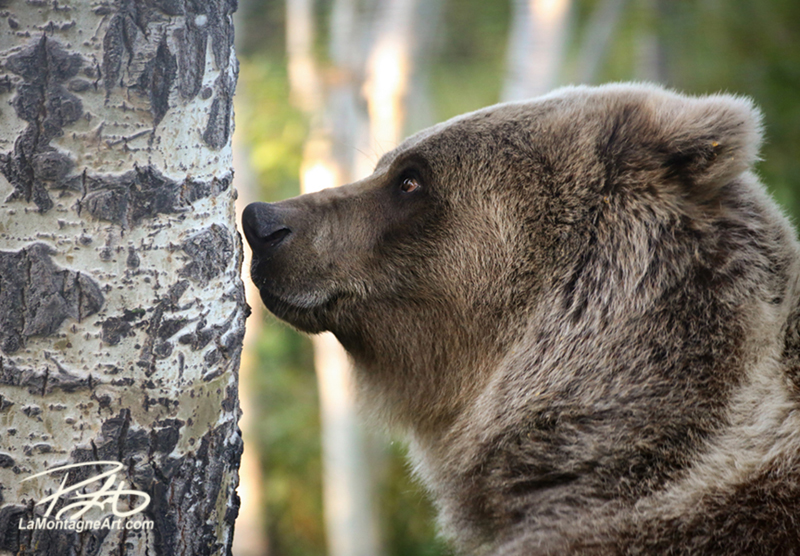 Sure, Berkley would occasionally look my way and then come over, but I just had to stand up and turn away for her to forget the distraction and go back into the middle of the enclosure. I felt bad for doing it, but I still got plenty of visiting time with her a little later on and before we left.
Sure, Berkley would occasionally look my way and then come over, but I just had to stand up and turn away for her to forget the distraction and go back into the middle of the enclosure. I felt bad for doing it, but I still got plenty of visiting time with her a little later on and before we left.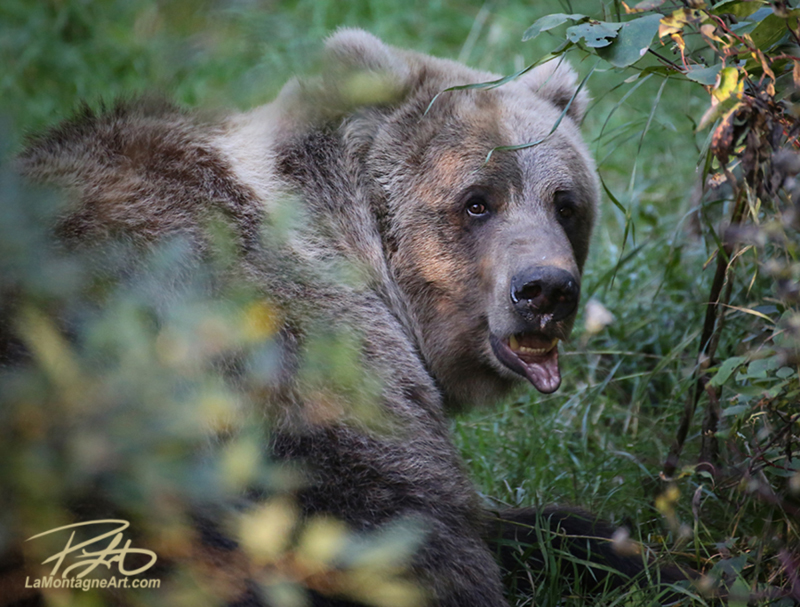
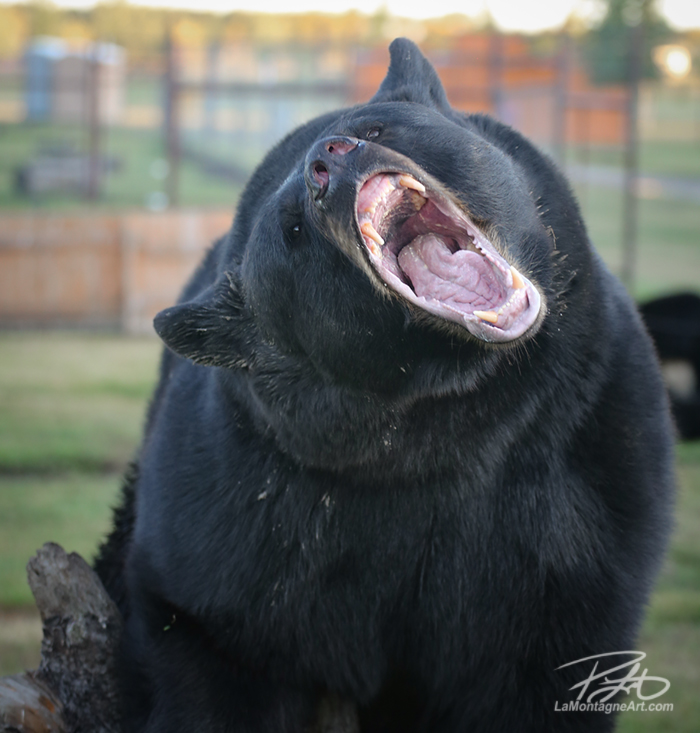 Derek was primarily looking for tattoo reference and for his own painted work, so Gruff performing his scary bear impression was something he was excited to get. Even though I just painted that very expression, I took some more photos and think I got even better reference of that than the last time. Might be another painting coming one day.
Derek was primarily looking for tattoo reference and for his own painted work, so Gruff performing his scary bear impression was something he was excited to get. Even though I just painted that very expression, I took some more photos and think I got even better reference of that than the last time. Might be another painting coming one day.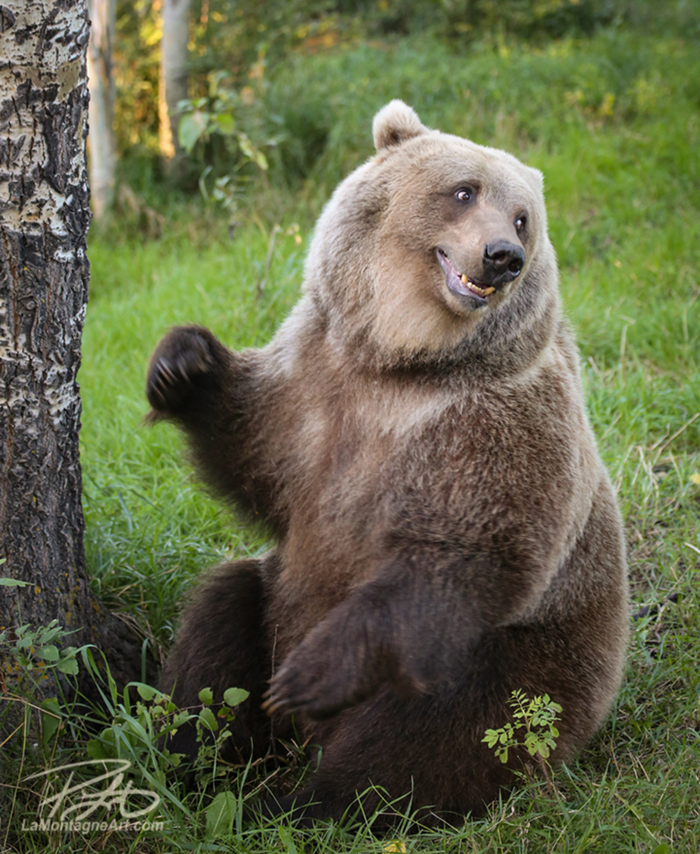 I don’t know if it’s the last time I’ll see Berkley before she goes down for hibernation, but if it is, it was a nice visit on which to end the year. Discovery Wildlife Park closes for the season after Thanksgiving, so if you’re in the area, there’s still time to see the animals before that.
I don’t know if it’s the last time I’ll see Berkley before she goes down for hibernation, but if it is, it was a nice visit on which to end the year. Discovery Wildlife Park closes for the season after Thanksgiving, so if you’re in the area, there’s still time to see the animals before that.
